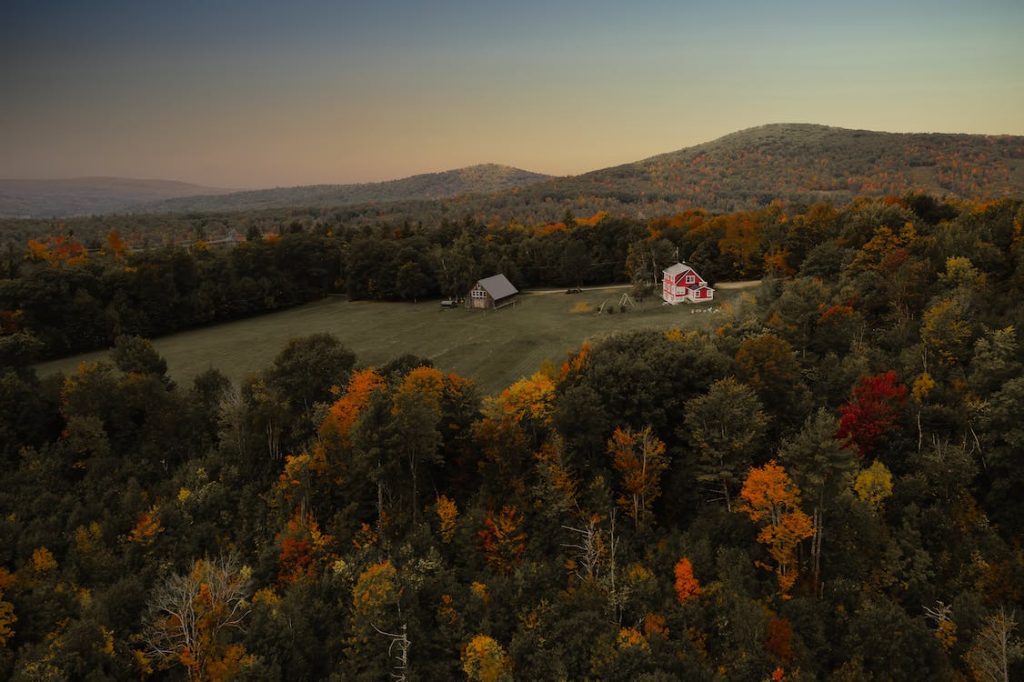Farmers and ranchers have long been known for adapting and innovating, but new research challenges whether they are looking deep enough over the horizon to really win in the future.
In this blog we are going to look at four key trends. When we consider these trend collectively, it becomes pretty clear that we are going through a transformative period in ranching and farming that’s only accelerating.

- Consolidation
Since the 1930s, the number of farms has declined, the average size has increased, and the amount of farmland in agriculture has remained generally unchanged. Of the 2.1 million farms in the last Census of Agriculture, only about 15 percent are at-scale production farms, and they control 80 percent of the acres. Brett Sciotto of Aimpoint Research has predicted that by by 2040, there will be fewer than 100,000 production farms, and 5 percent of farms will produce more than 75 percent of the agricultural output. He believes that mid-size farms are under the most financial pressure and are declining the quickest as they get bought up by larger operations.
- Technology
A lot of young people are interested in agriculture and ranching, and when Aimpoint Research asked what excites them most, new technology came up loudest. USDA says nearly 69 percent of young farmers will have college degrees.
Those who are coming back to the farm are going to be more educated than their parents and grandparents before them. They intend to do things differently. They won’t necessarily have the same appreciation for the lifestyle that their parents and grandparents did. They may want to run a very efficient operation and there may be a greater focus on making money. It is becoming more and more evident that ranchers and farmers who are willing and able to adopt new technology are getting further ahead and those unable or unwilling to do so are likely falling behind.

- Consumers
Consumers are at the centre of much of this change, and about two-thirds said they are thinking about where their food comes from, according to a recent Aimpoint Research survey. It is no secret that what drives consumer decision-making is price, healthiness and freshness. Consumers have a perception that non-GMO is better than GMO, that organic is better than non-organic and that grassfed is better than not grass fed. They also perceive that local is better even though the definition of local varies from a ‘farm in my community’ to a ‘farm in the U.S.’ Retailers will respond to this perceived value by adjusting prices.
It is likely that more food companies and retailers will continue to cater to what their consumers believe they want – whether it’s founded in good science or insights, or not.
- Markets
Commodity prices have been relatively low, but that hasn’t stopped farmers in many parts of the world from increasing production. As the global population continues to grow, analysts estimate that a 70 percent increase in food supply will be needed. South America is likely to become a strong player in the industry and as a result, American farmers will be in a more competitive environment as markets shift and new players emerge stronger to meet global demand.
If you have any questions or queries about ranch real estate in Northern California or any of our ranch property listings, do not hesitate to contact us here.

